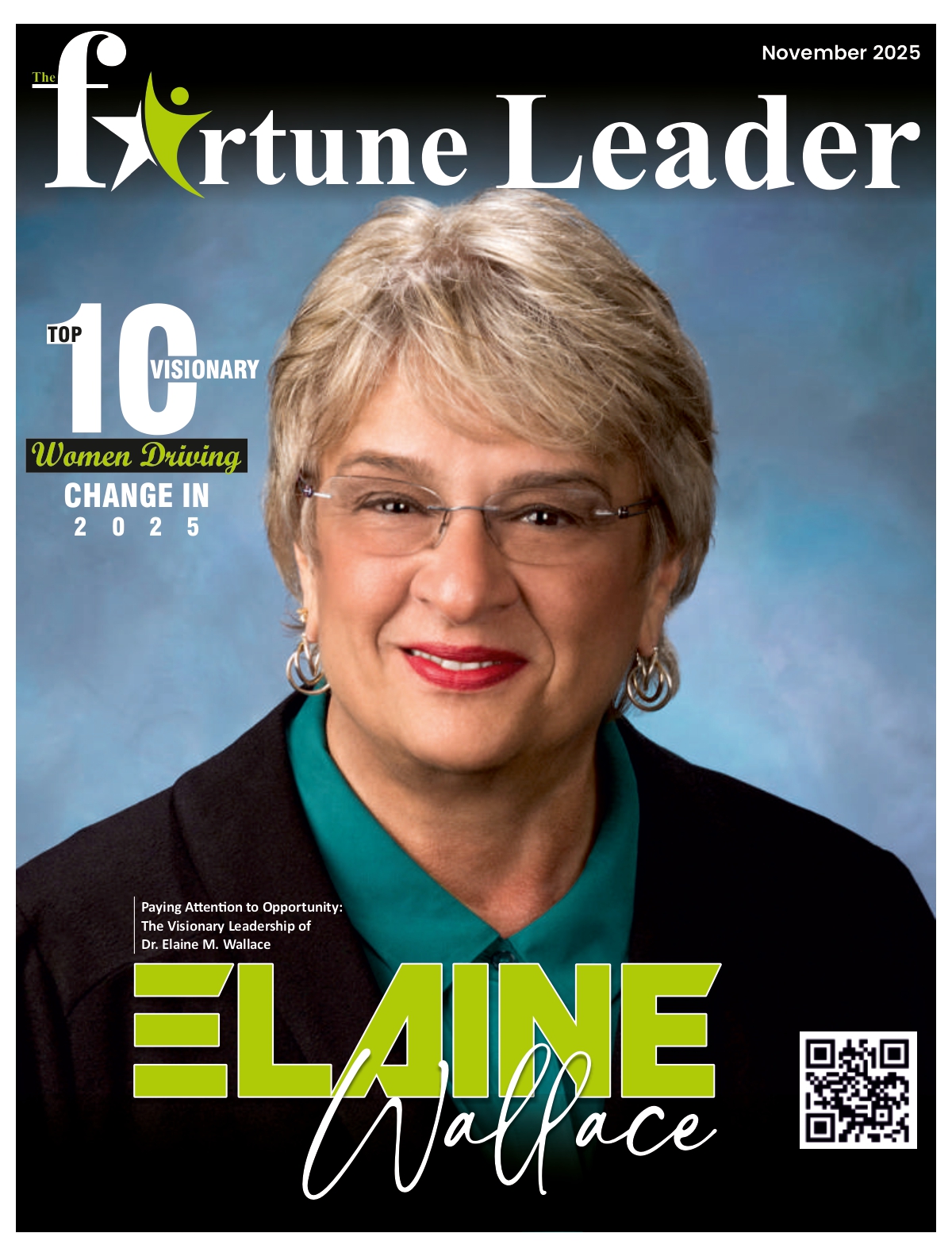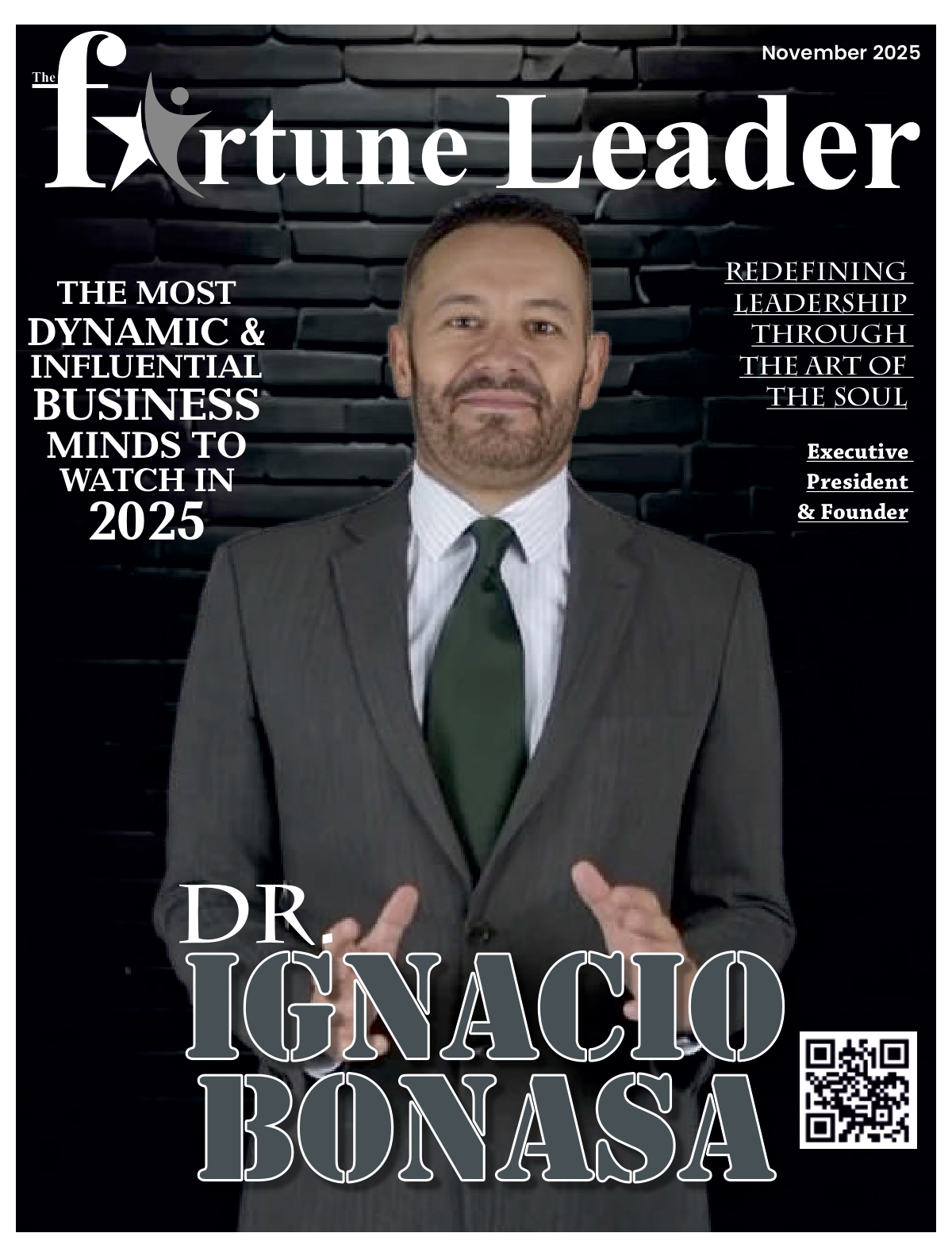In response to the growing risks connected with these changes, house insurance models are changing as climate change has a greater impact on weather patterns and natural disasters. Climate risk is dynamic, which puts traditional insurance models to the test. Static risk assessments and historical data were the foundations of traditional insurance models.
The Emerging Climate Risk
Climate risk encompasses a range of environmental threats, including extreme weather events such as hurricanes, floods, wildfires, and heat waves. These events are becoming more frequent and severe, leading to significant property damage and higher insurance claims. As a result, insurers must adapt their models to better predict and manage these risks.
Adapting the Insurance Model
Enhanced Risk Assessment
Predictive analytics and sophisticated climate data are being included in modern house insurance models to improve risk assessment. Insurers can gain a better understanding of the possible effects of climate-related events on properties by utilising satellite imagery, climate models, and historical data.
Dynamic Pricing
Risk assessments and real-time climate data are increasingly being used to modify insurance prices. Properties with robust features or those located in lower-risk locations may qualify for cheaper premiums, while homes in high-risk zones can pay higher premiums.
Incentives for Resilience
Enhancing a property’s resistance against climate threats is something that insurers are encouraging and rewarding. Discounts for houses with wildfire-resistant construction, flood barriers, or other risk-reducing elements are included in this.
Comprehensive Coverage Options
Insurers are providing more extensive coverage options that include protection against particular climate-related catastrophes, such as an earthquake or flooding coverage, to handle a variety of climate hazards.
Conclusion
As a result of climate change, the house insurance market is drastically changing. Insurers are better able to control climate risk and safeguard homes in a more unstable environment by implementing resilience incentives, dynamic pricing schemes, and sophisticated risk assessment techniques.












